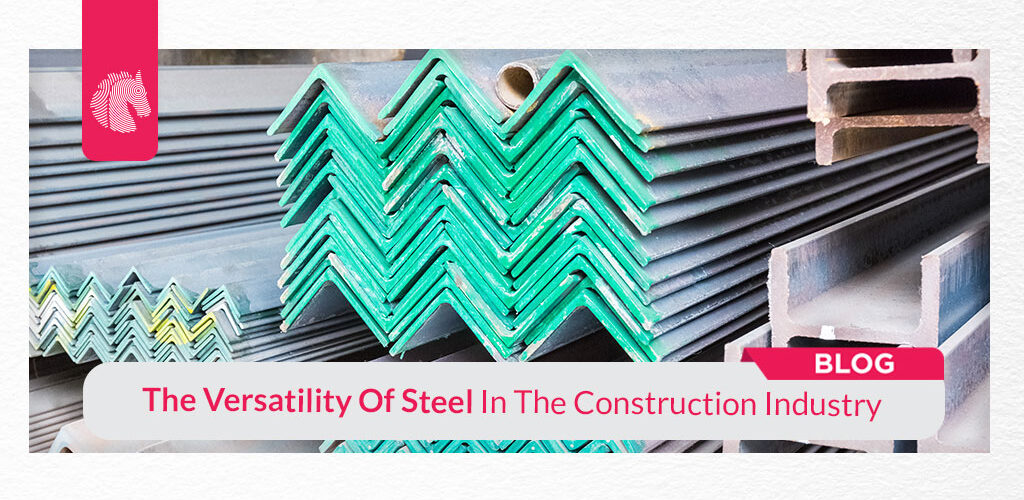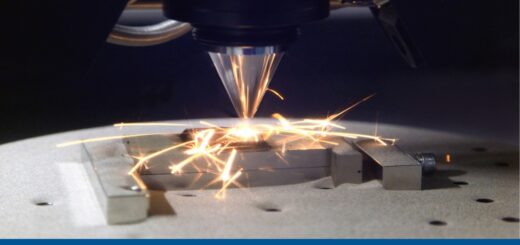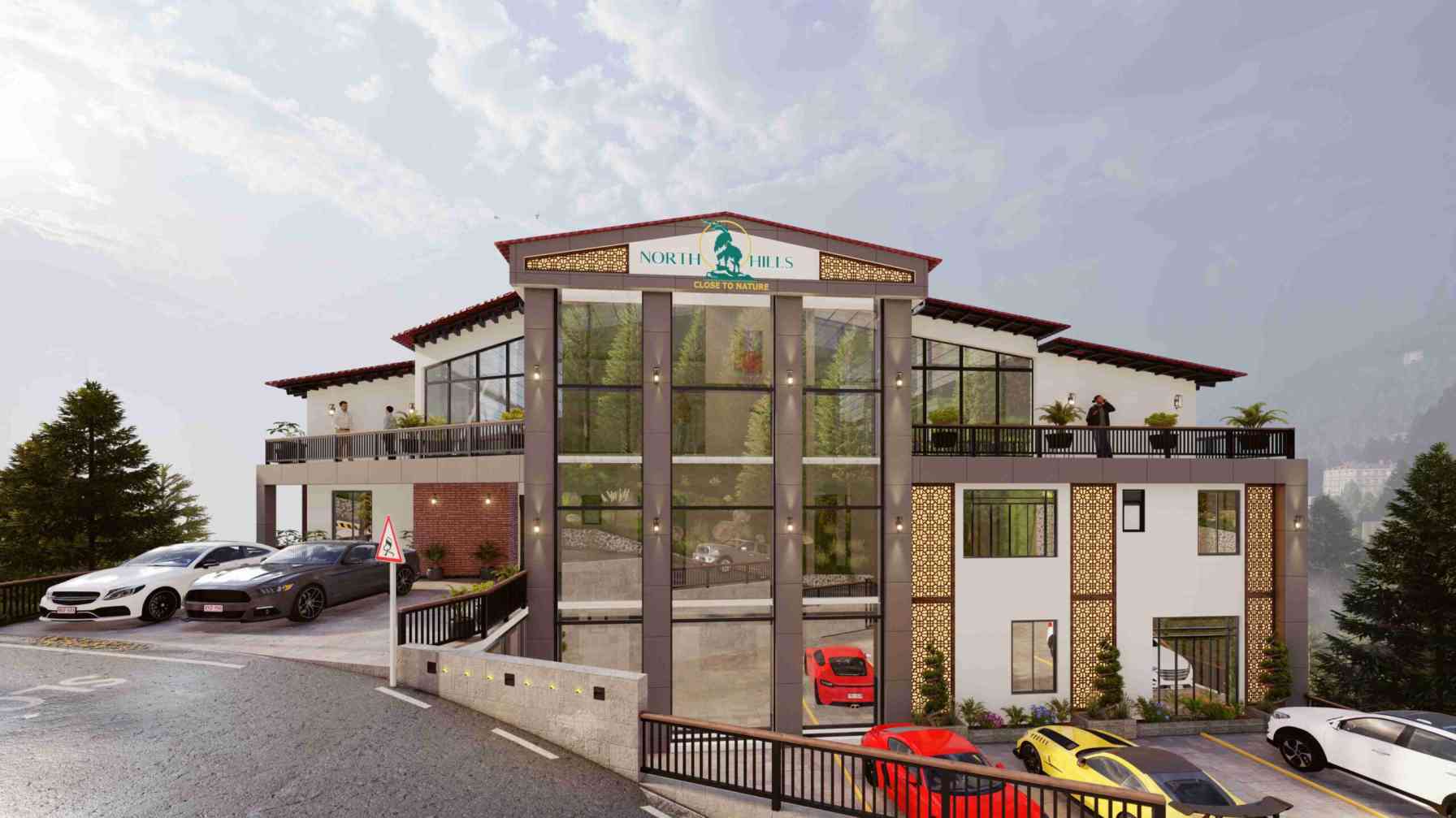The Versatility Of Steel In The Construction Industry

Steel has been utilized in building works for over a century and continues to be one the most commonly used construction materials today. It is flexible, long-lasting, and inexpensive, thus making it a great option for a variety of building productions.
In this blog post, we will look at the significance of steel in today’s construction sector as well as why it is still an important raw material for constructing resilient and sturdy buildings.
What is Steel?
Steel, as opposed to other types of iron, is formed from iron melded with carbon to increase its durability and breaking resistance. Several other components may also be present or added. Iron is very essential as a base metal for steel.
Steel’s durability and affordable cost make it the perfect material for construction, infrastructure, tools, ships, trains, automobiles, machines, electrical appliances, weapons, and rockets. Steel production started out thousands of years ago in metal smelting furnaces, however its advanced manufacturing utilization started with the creation of the blast furnace in the 17th century, which produced crucible steel.
According to PakSteel, today Pakistan Steel is the country’s largest industrial undertaking having a production capacity of 1.1 million tonnes of steel. The mechanical properties of steel establish if it survives long and proficiently when used in highly aggressive and wear-intensive applications, or if it continues to fail regularly or severely. Steel comes in many different varieties, each with its own set of properties that influence its performance.
Qualities of Steel
Steel is a highly flexible and long-lasting material that is widely used in construction. It is well-known for its resilience, adaptability, and resistance to corrosion, which makes it a great option for a variety of uses. Steel is also affordable, simple to operate, and environmentally sustainable. According to SteelsConstruction.info, the properties of structural steel result from both its chemical composition and its method of manufacture, including processing during fabrication. Product standards define the limits for composition, quality and performance and these limits are used or presumed by structural designers. The following are some of the most important properties of steel:
Strength and Durability
Steel is a very durable and resilient material, which makes it perfect for use in building projects. It is heat, moisture, and parasite resistant, and it’s able to endure extreme temperatures, making it a great option for constructions in extreme environments. Steel is also very versatile, which means it can be transformed into a wide range of sizes and forms, making it a great option to be utilized in intricate building projects. Its durability as well as strength make it the preferred material for high rises, overpasses, and other large buildings.
Cost-Effectiveness
Another significant benefit about using steel in construction is its cost effectiveness. Steel is a fairly affordable resource for manufacturing and transport, and it is easily recycled, making it an ecologically friendly option. It also needs little upkeep, thereby conserving money over the course of time. Steel structures can also be completed quickly, which helps to reduce wage costs and construction time.
Steel’s Sustainability
Steel is among the most environmentally friendly building components widely available. It is 100% recyclable, that also means that it may be reused without significantly degrading or longevity. Furthermore, steelmaking has grown increasingly environmentally friendly in recent times, with several producers using renewable power and reducing their carbon footprint. Steel construction also makes a significant contribution to waste reduction because structures can be broken down and recycled or repurposed at the conclusion of their usefulness.
Steel’s Versatility
Steel is a versatile building material which is suitable for a variety of projects. It can be shaped and reshaped to accommodate any configuration, which makes it perfect for use in intricate and one-of-a-kind structures. Steel can also be paired with different substances, such as cement or wood, to establish hybrid structures which are both solid and aesthetically striking.
Building Safety
Steel is an extremely safe construction material. It is fire-resistant, which means it can help avoid fires from spreading and safeguard individuals and assets. Furthermore, steel structures are able to be constructed to endure natural catastrophes like earthquakes and hurricanes, helping to make them a secure alternative for dwellings in areas susceptible to these events.
Conclusion
Steel is used in all aspects of modern society, from houses to automobiles. We would not have a functioning civilization if steel products were not available; we would have been confined to tents and caves rather than skylines and houses. Of course, steel isn’t absolutely mandatory for the existence of life, yet it’s an essential component of our daily lives.
If you don’t believe me, consider how so many different objects are made of steel: refrigerators, alarm clocks, pans, motorcycles, automobiles…the list is endless. By purchasing steel-made products, you are helping to support hundreds, if not thousands, of workers who make those products possible.

















